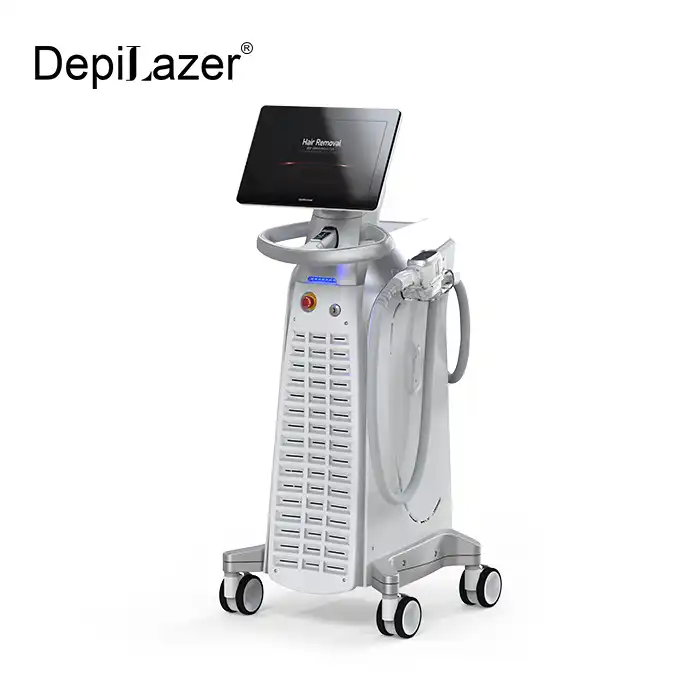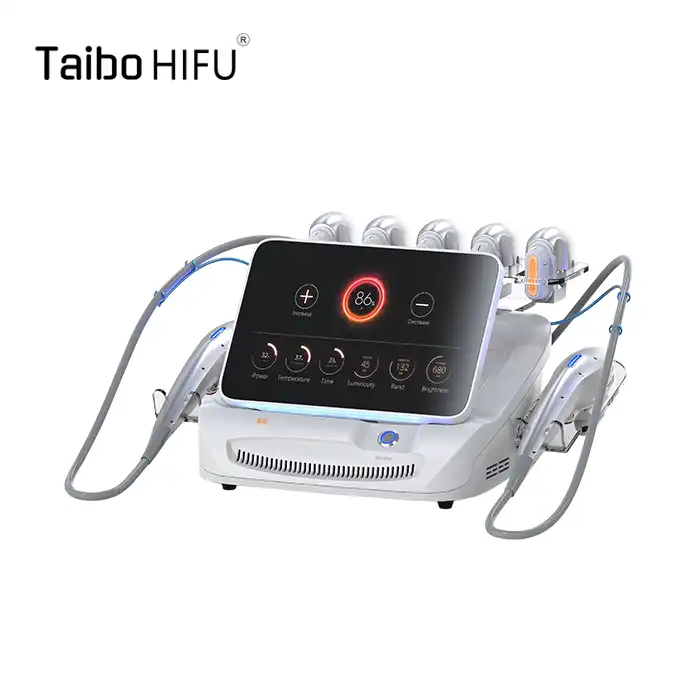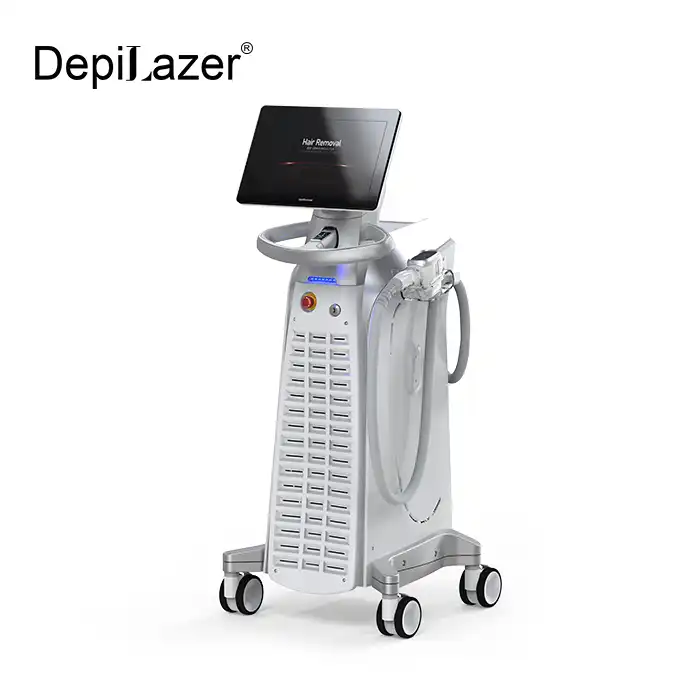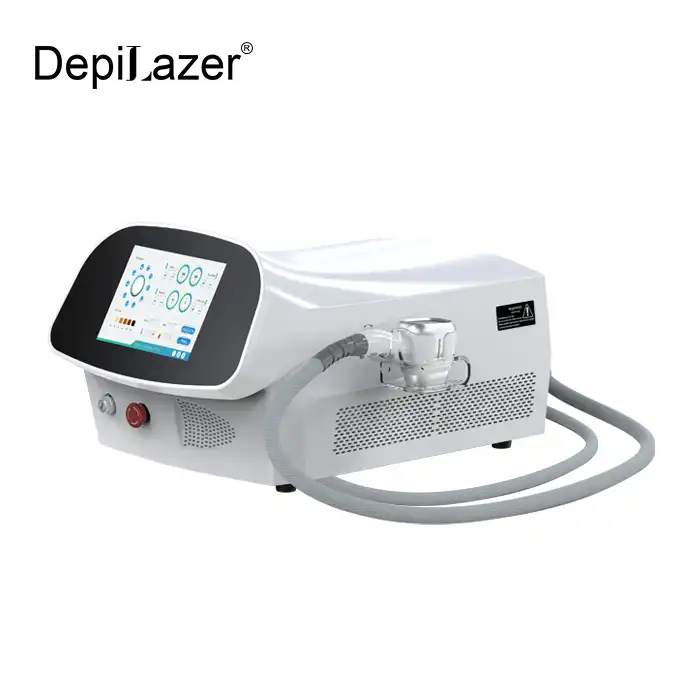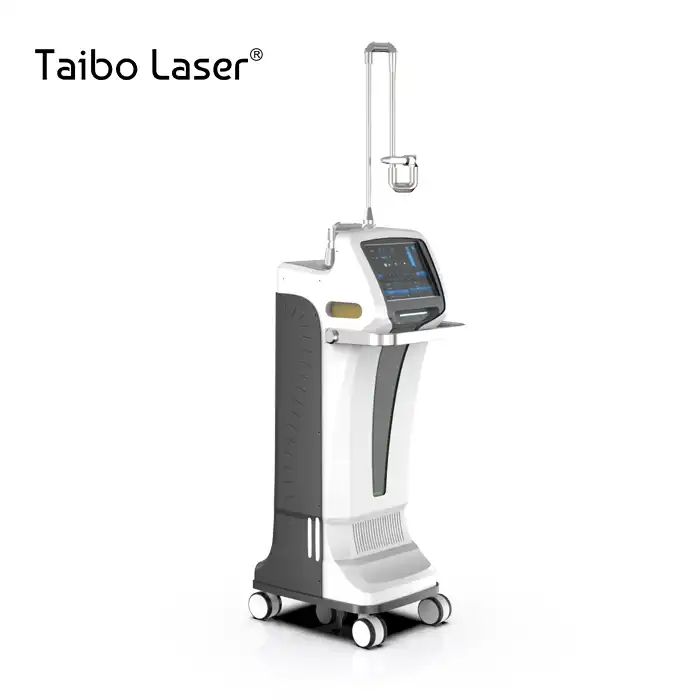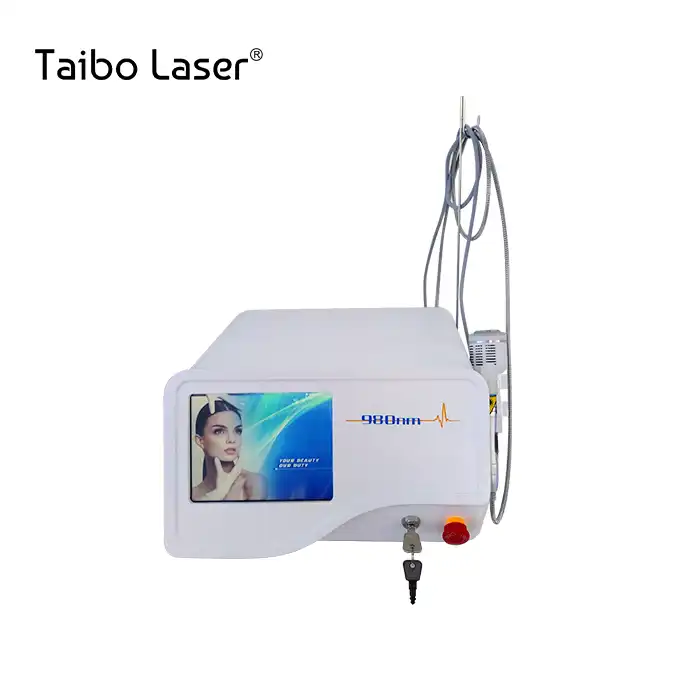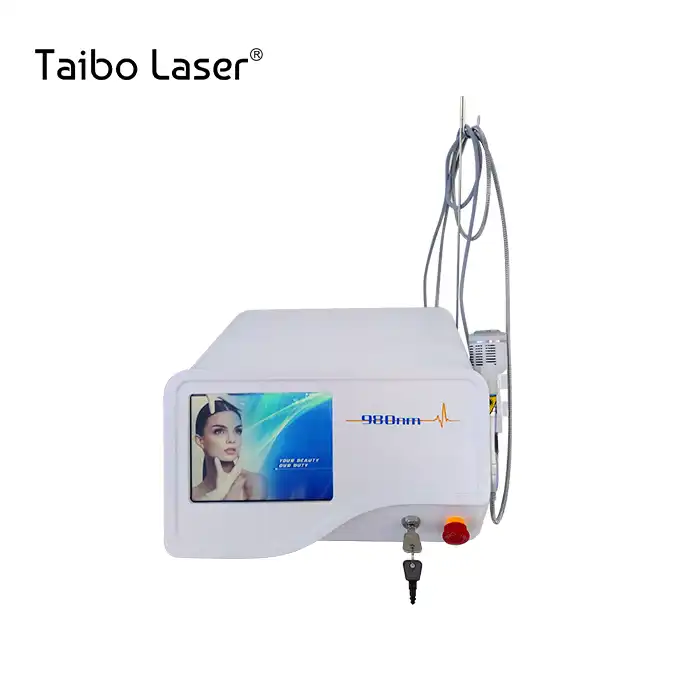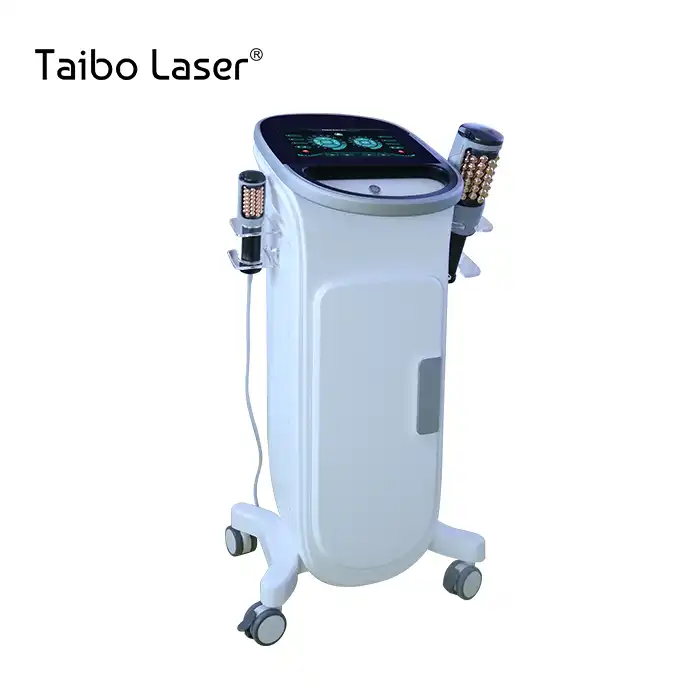
The Best Practices for Using 980 nm Diode Lasers
2025-02-04 16:44:50
The 980 nm diode laser for vascular removal has revolutionized vascular removal treatments, offering a powerful and precise solution for addressing various skin concerns. This advanced technology has gained popularity in aesthetic clinics and medical spas worldwide due to its effectiveness in targeting blood vessels while minimizing damage to surrounding tissues. In this comprehensive guide, we'll explore the best practices for using 980 nm diode lasers, covering everything from preparation to post-treatment care. Whether you're a practitioner looking to refine your techniques or a patient seeking information about this cutting-edge treatment, this article will provide valuable insights to help you achieve optimal results.
Preparation Tips for 980 nm Diode Laser Treatments
Patient Assessment and Consultation
Prior to initiating any 980 nm diode laser treatment for vascular removal, a comprehensive patient assessment forms the bedrock. Thoroughly review the patient's medical history, probing for conditions like bleeding disorders or photosensitivity. Categorize their skin type accurately, as it dictates treatment parameters. During the consultation, communicate openly and honestly. Paint a realistic picture of what the patient can expect, from the number of sessions needed to the degree of improvement. Detail potential side effects, such as temporary redness or swelling, and risks, like rare pigment changes, ensuring the patient is well-informed.
Skin Preparation
Effective skin preparation is the linchpin for successful 980 nm diode laser for vascular removal treatments. Instruct patients to strictly shun sun exposure, tanning beds, and self-tanning products for a fortnight pre-treatment. This precaution mitigates the risk of hyperpigmentation or blistering, guaranteeing more consistent outcomes. Additionally, patients should meticulously cleanse the treatment area, ridding it of makeup, lotions, and other occlusive substances. This clears the way for the laser to target vascular lesions precisely, enhancing treatment efficacy.
Equipment Setup and Safety Measures
For practitioners, meticulous equipment setup and calibration are non-negotiable for safe and optimal 980 nm diode laser treatments. Based on the patient's skin type and desired outcomes, painstakingly select the right wavelength, pulse duration, and energy levels. A test spot is a must; it reveals how the patient's skin will respond, allowing for timely adjustments. Equally crucial is safeguarding eyesight. Both the practitioner and patient must don proper eye protection, shielding against potential laser-induced damage. This attention to detail paves the way for a smooth, risk-free procedure.
Post-Treatment Care for Long-Lasting Results
Immediate Aftercare
Following a 980 nm diode laser vascular removal session, patients may experience some redness, swelling, or mild discomfort in the treated area. Provide them with specific aftercare instructions to promote healing and minimize potential side effects. Recommend the application of cool compresses to soothe the skin and reduce inflammation. Advise patients to avoid hot showers, saunas, or strenuous exercise for at least 24-48 hours post-treatment.
Sun Protection and Skincare Routine
Emphasize the importance of sun protection following 980 nm diode laser treatments. Patients should apply a broad-spectrum sunscreen with an SPF of 30 or higher daily, even on cloudy days. Encourage them to wear protective clothing and limit sun exposure, especially during peak hours. Provide guidance on a gentle skincare routine that includes mild cleansers and moisturizers to support the skin's healing process and maintain results.
Follow-up Appointments and Maintenance
Schedule follow-up appointments to monitor the patient's progress and assess the need for additional treatments. The number of sessions required may vary depending on the severity of the vascular condition and individual response to treatment. Educate patients on the importance of maintaining a healthy lifestyle, including proper hydration and a balanced diet, to support long-lasting results from their 980 nm diode laser spider vein removal treatments.
Common Mistakes to Avoid with 980 nm Diode Lasers
Incorrect Parameter Settings
One of the most critical aspects of successful 980 nm diode laser treatments is selecting the appropriate parameter settings. Inexperienced practitioners may make the mistake of using incorrect wavelengths, pulse durations, or energy levels, which can lead to suboptimal results or even adverse effects. It's essential to undergo proper training and stay updated on the latest protocols to ensure safe and effective treatments. Always consider the patient's skin type, vessel depth, and diameter when adjusting parameters.
Overlooking Contraindications
Failing to identify and address contraindications can pose significant risks to patients undergoing 980 nm diode laser treatments. Common contraindications include pregnancy, certain medications (such as photosensitizing drugs), active infections, and a history of keloid scarring. Always conduct a thorough medical history review and ask patients about any recent changes in their health or medication regimen before each treatment session.
Inadequate Cooling and Skin Protection
Proper skin cooling is crucial for patient comfort and safety during 980 nm diode laser vascular removal procedures. Neglecting to use appropriate cooling methods, such as contact cooling or cryogen spray, can increase the risk of thermal injury to the skin. Additionally, failing to protect surrounding tissues from inadvertent laser exposure can lead to unwanted side effects. Always use the recommended cooling techniques and ensure proper eye protection for both the patient and practitioner.
Conclusion
Mastering the best practices for using 980 nm diode laser for vascular removal is essential for achieving optimal results in vascular removal treatments. By following proper preparation techniques, providing comprehensive post-treatment care, and avoiding common mistakes, practitioners can ensure safe and effective outcomes for their patients. Remember that ongoing education and adherence to established protocols are key to success in this rapidly evolving field of aesthetic medicine. If you want to get more information about this product, you can contact us at susan@taibobeauty.com.
References
1. Smith, J. A., & Johnson, M. B. (2022). Advances in 980 nm Diode Laser Technology for Vascular Treatments. Journal of Aesthetic Dermatology, 15(3), 245-258.
2. Garcia, L. M., et al. (2021). Best Practices in Laser Safety for Aesthetic Procedures. Laser Medicine Today, 9(2), 112-125.
3. Chen, Y. H., & Lee, S. K. (2023). Optimizing Patient Outcomes with 980 nm Diode Lasers: A Comprehensive Review. International Journal of Cosmetic Science, 45(1), 78-92.
4. Brown, T. R., & Williams, E. F. (2022). Post-Treatment Care Protocols for Laser-Based Vascular Treatments: A Systematic Review. Dermatologic Surgery, 48(4), 421-435.
5. Thompson, C. M., et al. (2023). Common Pitfalls in 980 nm Diode Laser Treatments: Identification and Prevention. Journal of Clinical and Aesthetic Dermatology, 16(5), 32-41.
6. Rodriguez, A. J., & Kim, S. H. (2021). The Evolution of Diode Laser Technology in Aesthetic Medicine: From 810 nm to 980 nm and Beyond. Lasers in Medical Science, 36(3), 501-515.
YOU MAY LIKE













